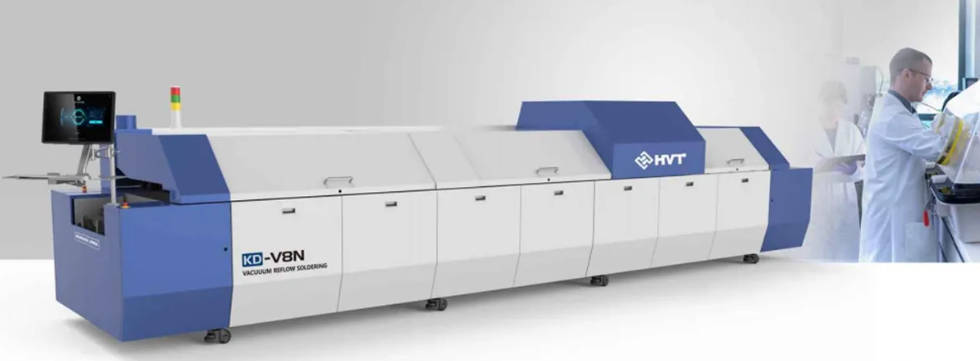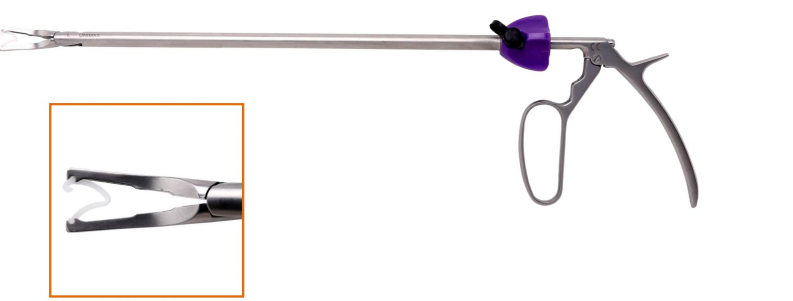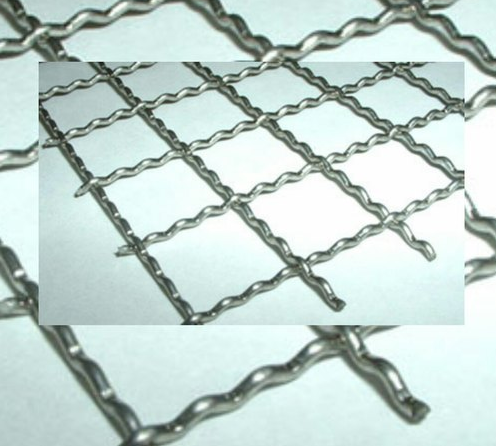Greetings in The Mighty Name of Jesus, The Christ!!!
Sin Is Still Sin
Brothers and Sisters Sin is still Sin no matter what We call it, but it matters What God calls it. Too many of you take Advantage of Grace without Mercy thinking within yourselves that it does not matter…it’s Covered By The Blood!!! It might be covered by The Blood! If there is No Repentance, there is No Coving Of The Blood.
Romans 6:15-17 KJV
"15 What then? shall we sin, because we are not under the law, but under grace? God forbid. 16 Know ye not, that to whom ye yield yourselves servants to obey, his servants ye are to whom ye obey; whether of sin unto death, or of obedience unto righteousness? 17 But God be thanked, that ye were the servants of sin, but ye have obeyed from the heart that form of doctrine which was delivered you."
Did not Our Lord Jesus say to many…”Go and Sin No More”? What Jesus is saying, I have Washing you Clean, now, do not go back into the Filth that I have Delivered you from, stay Clean and Follow Me!
Because of False Doctrine back in the Day of Jesus they had the same issue about Sin. They were told by someone, that it matters not how we Live, if we Sin, we are covered by The Blood. This same Theology is still being carried out by the Catholic church and any others who follow their practices. They have some Belief System that you say a couple of Hal Mary’s for Repentance Of Sin, but do you want to know something, Mary had Jesus, but Mary has NOTHING to do with Washing Away Your Sin, NOT ONE THING, ONLY Our Lord Jesus has that Power and Authority to do so.!!! But aside that about the Catholic church, there are still many False Doctrine from other churches that support the same Lie.
Too many of you Rely on what your Pastor says from the pulp or too many of you Believe Your Own Beliefs about Sin regardless of what The Bible says. Too many of you Miss little things that Jesus and The Five Offices have said about Sin. To start with Jesus said…
John 14:15 KJV
“If ye love me, keep my commandments."
Brothers and Sisters, you Need to do a Love Check. In one Scripture Jesus tied Your Love For Him to Obedience To Him. Some of you still Sin because you really do not Love Jesus!!! You have said a few words with Your Mouth, again because of False Doctrine Ideologies, like “Once Saved Always Saved” nowhere in the Bible does it say that, but many believe it.
It is just like the following Scriptures…
Matthew 7:21-23 KJV
"21 Not every one that saith unto me, Lord, Lord, shall enter into the kingdom of heaven; but he that doeth the will of my Father which is in heaven. 22 Many will say to me in that day, Lord, Lord, have we not prophesied in thy name? and in thy name have cast out devils? and in thy name done many wonderful works? 23 And then will I profess unto them, I never knew you: depart from me, ye that work iniquity."
The one extended phrase or I should say Commandment Of Jesus is, “…but he that doeth the will of my Father which is in Heaven.”, why is this important? Because it Over Rides a False Doctrinal Belief that all you have to do is Confess Jesus as Lord and You are Saved. You better re-read the last set of Scriptures again…
Romans 10:9-10 KJV
"9 That if thou shalt confess with thy mouth the Lord Jesus, and shalt believe in thine heart that God hath raised him from the dead, thou shalt be saved. 10 For with the heart man believeth unto righteousness; and with the mouth confession is made unto salvation."
This is a set of Scriptures that the Baptist like to use and others alike, but most of the higher ups, like these verses because of Numbers, not Salvation. Anyone can say these verses and not mean them and continue in their sin believing they are now Saved to do whatever!!
Brothers and Sisters, you need to Understand that Sin Is Still Sin, no matter what False Doctrinal Beliefs someone has or how they twist the Bible around to fit their cause. This is one of the reason I continue to say that it makes a Difference in what Bible Translation you are reading. Some Translations cover up what God has Said and Meant for His People to Follow Him.
Understand this Brothers and Sisters, many of you blow off Sin as if it’s just a Word that carries No Weight, but on Judgment Day, which All of Mankind will Stand In, is more than just saying that Jesus is Lord, but must be a Heart Action, a Mental Action, a Walking Action in order to be a Disciple of Jesus, in Order to be Saved! It MUST be a Whole Body Action to be a Follower of Jesus, to be able to call Jesus Lord.
I could get into a listing of Sin’s, but that is not what this message is about. It is about How and What God sees as Sin. If Jesus is truly Your Savior and Lord than you will Obey His Word and His Spirit without Manipulation to find an Escape Clause. Some of you need to Start Over, confessing Jesus as Savior and Lord and then Read a True Translation of The Bible and then Walking it out in Your Life. Others of you, just need to Repent and go back to toddler school.
We who are Saved By Grace and Not that of Ourselves, but by The Blood Of Jesus Our Lord and Savior need to Stand Up, call Sin, Sin and Not Be Moved. Does not the Scriptures tell us that the Older Generations are to Teach the Younger Generations how to Live Godly Lives, if so, where are the Older Generations who Stand For Truth Of God’s Word in Our Lives? I have and I will Stand Up, because I am one of the Older Generations who has been through more than most and yet not as much as others, but I Know Jesus as My Lord and Savior and His Word that Commands me to Live Accordingly. I will Stand to Protect the Babe’s who have no understanding but think they do and I will Stand Against All False Doctrine with My Life if needed. Some of you Salvation is going to church on Sunday and maybe Wednesday thinking you are Saved when you might not be.
I question the Salvation of most. I recently put out a Request for all of those who have been called into one of the Five Offices to connect with me, to Re-Build the Old Ways, do you know how many people reached back…Zero, not one person out of Thousands I am connected to through different sites, that, breaks my heart and in that I wonder how much Jesus Heart is Broken over those whom He Died for, not Obeying His Word. I hear in the Spirit many saying “I have not Sinned I Obey all of Gods Word”, to you I hold accountable to these Scriptures then…
You Have Not…
John 13:34-35 KJV
"34 A new commandment I give unto you, That ye love one another; as I have loved you, that ye also love one another. 35 By this shall all [men] know that ye are my disciples, if ye have love one to another."
You Have Not…
Ephesians 4:3-6 KJV
"3 Endeavouring to keep the unity of the Spirit in the bond of peace. 4 [There is] one body, and one Spirit, even as ye are called in one hope of your calling; 5 One Lord, one faith, one baptism, 6 One God and Father of all, who [is] above all, and through all, and in you all."
You Have Not…
Ephesians 2:19-22 KJV
"19 Now therefore ye are no more strangers and foreigners, but fellowcitizens with the saints, and of the household of God; 20 And are built upon the foundation of the apostles and prophets, Jesus Christ himself being the chief corner [stone]; 21 In whom all the building fitly framed together groweth unto an holy temple in the Lord: 22 In whom ye also are builded together for an habitation of God through the Spirit."
You Have Agreed To Destroy…
Ephesians 4:10-16 KJV
"10 He that descended is the same also that ascended up far above all heavens, that he might fill all things.) 11 And he gave some, apostles; and some, prophets; and some, evangelists; and some, pastors and teachers; 12 For the perfecting of the saints, for the work of the ministry, for the edifying of the body of Christ: 13 Till we all come in the unity of the faith, and of the knowledge of the Son of God, unto a perfect man, unto the measure of the stature of the fulness of Christ: 14 That we [henceforth] be no more children, tossed to and fro, and carried about with every wind of doctrine, by the sleight of men, [and] cunning craftiness, whereby they lie in wait to deceive; 15 But speaking the truth in love, may grow up into him in all things, which is the head, [even] Christ: 16 From whom the whole body fitly joined together and compacted by that which every joint supplieth, according to the effectual working in the measure of every part, maketh increase of the body unto the edifying of itself in love."
When Jesus was talking to the Pharisees, He said you should have done this and not leave the other undone. He did not Rebuke them, but Reproved them for leaving part of The Fathers Instructions Undone. Some of you think of Sin as Smoking, Cursing, Robbing, Adultery, yes these are Sin, but Sin goes so much more in depth. All of the Scriptures above that I said “You Have…” are all Sins if you are doing them. They are the Foundational Depth Sins, the very thing Jesus was building, that You, My Brothers and Sisters have Sinned Against and even Stomp it to No Existence.
Everyone needs to Repent, especially those who call themselves Leaders and those who Pretend to be an Apostle, Prophet, Evangelist, Pastor(especially) and Teachers(especially), for What Example are you in the Sight Of God??? This days message along with many other one’s I can think of, You, Brothers and Sisters will give an Account For to Jesus, Face to Face of Why You did not heed to what has been brought forth, as The Word and Holy Spirit bare Witness against you for Not Obeying!!!
Jesus has Established The Fathers Word into Flesh and many Scriptures were turned into the Bible and The Father says His Word will not return to Him Void, but will accomplish that, that He sent it to do, you really, really need to think about that. How is it going to look you Standing before Jesus trying to come up with an answer to the Why you did not do what He has said, What is the Weight of that conversation???
Sin is mentioned throughout the entire Bible, but it is this one I want you to really think about…
Matthew 23:23 KJV
"Woe unto you, scribes and Pharisees, hypocrites! for ye pay tithe of mint and anise and cummin, and have omitted the weightier [matters] of the law, judgment, mercy, and faith: these ought ye to have done, and not to leave the other undone."
Amen and Amen!!!
Email: godsonlyfoundation@gmail.com
Website: ApostleLee.com








